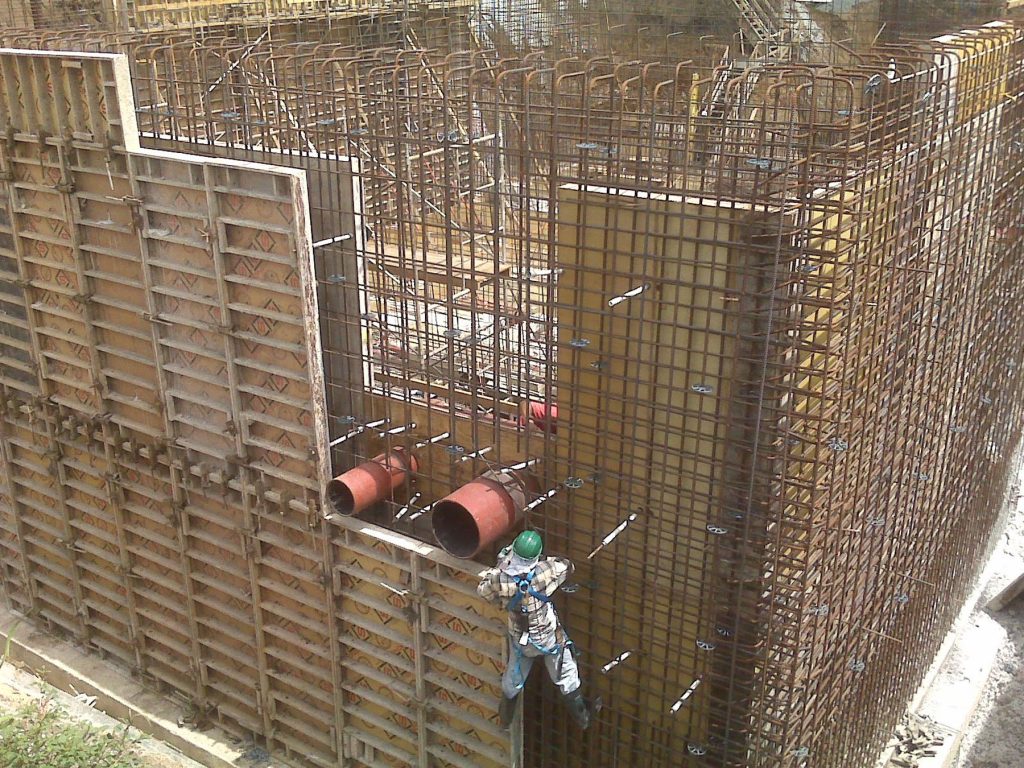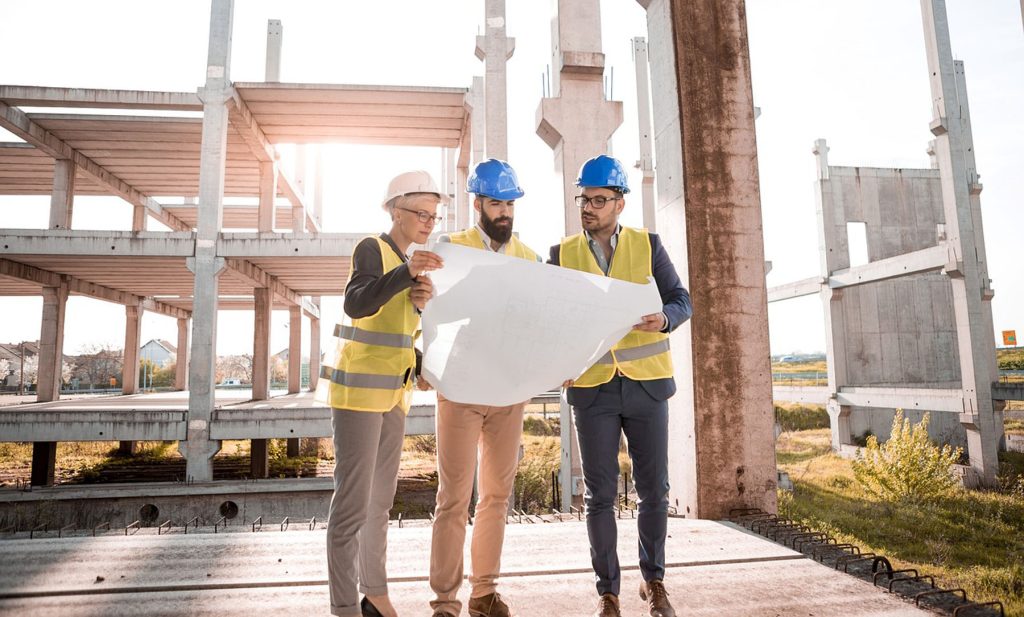Welcome to our comprehensive blog post which navigates the intricate landscape of Building Codes in Puerto Rico as of 2023. Given the crucial role that these codes play in shaping our built environment, it is essential for architects, engineers, and other professionals involved in the design, construction, and maintenance of buildings and structures to understand and adhere to these regulations. This post aims to shed light on the governing laws, legislation, and applicable building codes that ensure the safety, efficiency, and sustainability of our architectural endeavors in Puerto Rico.
Regarding legislation and government regulations
The Puerto Rico Permit Process Reform Law (161-2009), enacted in 2009 and most recently revised in 2021, establishes comprehensive guidelines for bureaucratic procedures and permits, particularly in the construction sector. This law addresses fundamental issues and ensures streamlined processes, as outlined on the official website of the Department of Economic Development and Commerce (DDEC). (Source: https://bvirtualogp.pr.gov/ogp/Bvirtual/LeyesOrganicas/pdf/161-2009.pdf
According to this law, the Permit Management Office (OGPe) is designated as the institution responsible for issuing construction permits. Among its responsibilities is the granting of the Consolidated Construction Permit, which covers activities such as construction, remodeling, rehabilitation, demolition, and urbanization works. (Source: https://www.ddec.pr.gov/ogpe#changes). However, the document only provides a general overview of the codes that include the permit criteria. There are two specific aspects that are mentioned in relation to these codes. The first aspect can be found in Article 2.3 of the powers, duties, and functions of the Assistant Secretary, specifically in section (g). The text states the following regarding the adoption and updating of the codes:
Establish any organizational structure, as established by this Law and that is necessary for the proper functioning of the Permit Management Office, including sharing resources or administrative components with that Agency with which the Executive Director reaches an agreement, whenever possible. , and adopt and maintain the Construction Codes to be used within the jurisdiction of the Government of Puerto Rico , which will have to be reviewed, at least, every three (3) years, counted from the date of adoption.The review of the aforementioned Building Codes must be carried out by the Building Code Review Committee , which will be led by the Executive Director of the Permit Management Office, and will have representation, at least, from the following agencies ( …)
The second aspect is indicated in Article 8.4B, referring to systems for the control or protection against fires, where specifically, and only once, the Puerto Rico Building Code is mentioned, as one of the standards that guide the subject, together with International Code Council (ICC) and International Fire Code (IFC).

Adoption of the Puerto Rico Building Code (PRBC)
The House of Representatives’ minutes, titled R. de la C.756, provide an insightful investigation into construction regulations in Puerto Rico. According to this document, the construction industry is governed by the Puerto Rico Construction Code (PRBC), which has been in effect since 2011 under the OGPe. The PRBC incorporates the family of ICC codes with certain amendments. (Source: http://www.tucamarapr.org/dnncamara/Documents/Measures/2eda3410-a5bc-4a3f-a382-f7a023837035.pdf, Pages 1-12)
The PRBC 2018 is the code issued by the International Code Council (ICC) endorsed in Puerto Rico, and in its chapter referring to adoption, it textually establishes:
The Puerto Rico Codes 2018 have an effective date of adoption on November 15, 2018. Its use will be made in accordance with the laws of the Government of Puerto Rico. The adoption of the Puerto Rico Codes 2018 repeals regulation 8222, of June 20, 2012.A “Grace Period” is established for a period of three (3) months, in which case proponents may submit construction documents that comply with PRBC 2011 or with this Code. All new projects submitted to OGPE-DDEC after February 15, 2019 must meet all the requirements of the 2018 Puerto Rico Codes. (Source: https://codes.iccsafe.org/content/PRBC2018P1/adoption )
According to this section, the projects developed to date, under the jurisdiction of Puerto Rico, must follow the guidelines of the PRBC 2018.
It is important to note that the chapter pertaining to code maintenance (or updates) mentions the Construction Code Committee and Law 161-2009, as well as the three-year review period established by the aforementioned law. (Source: https://codes.iccsafe.org/content/PRBC2018P1/maintenance)
Origin of the International Code Council ICC:
Established in 1994, the International Code Council (ICC) aims to develop a unified set of national model construction codes. It unites three organizations that previously created distinct model codes across the United States: the Building Officials and Code Administrators International, Inc. (BOCA), the International Conference of Building Officials (ICBO), and the Southern Building Code Congress International, Inc. (SBCCI). For more information, visit the source: https://www.iccsafe.org/about/who-we-are/
ICC family of standards
The ICC website provides the latest version (2018) of ten regulations related to the construction industry in Puerto Rico. These regulations are based on international versions issued by the ICC. The ten codes include:
- Building Code
- Residential Code
- Existing Building Code
- Fuel Gas Code
- Fire Code
- Mechanical Code
- Plumbing Code
- Energy Conservation Code
- Sewage Disposal Code
- Pool and Spa Code
These regulations are crucial for ensuring compliance and safety in the construction sector.
Other Applicable Codes:
The PRBC encompasses codes outside of the ICC family. The underlying standards it refers to are outlined below. It’s worth noting that in case of a conflict between a referenced norm and the PRBC, the latter takes precedence.
Structural Design:
Chapter 16 of the PRBC cites the ASCE 7 for defining structural loads, including seismic and wind loads, as well as the relevant load combinations. Additionally, it references other standards like ACI 318 and AISC 360. By doing so, it ensures comprehensive guidance and adherence to industry best practices.
Concrete:
Chapter 19 primarily references the American Concrete Institute (ACI) 318 Requirements of the Building Code for Structural Concrete. Although some provisions may deviate from this code, they are clearly marked in italics under the section titled “Modifications to ACI 318”.
Steel:
Chapter 22 requires that the design of steel structures and components conform to the applicable specifications and standards of the American Institute of Steel Construction (AISC), the American Iron and Steel Institute (AISI), the Steel Joist Institute ( SJI) and the American Society of Civil Engineers (ASCE), each according to the field that applies and whose mention is made specific in the development of each section. The AISC 360 Specification for Structural Steel Buildings is essential . For the seismic design of steel structures, it also refers to AISC 341 Seismic Provisions for Structural Steel Buildings .
Materials Inspection and Test:
In Chapter 17, Special Inspection and Test, the PRBC references ASTM and AISI standards for criteria for testing and defining appropriate materials to be used in construction.
Electrical Systems:
Chapter 27 of the PRBC is dedicated to providing guidance and regulations related to electrical systems. It refers to NFPA 70 and the regulations of the National Electrical Code, which outlines standards for the installation, inspection and use of modern electrical systems.
Existing Buildings:
A topic that is of particular interest in construction engineering is the evaluation and reinforcement of existing constructions. In accordance with the above, reference is made to the family of ICC standards adopted for Puerto Rico, among which is the Existing Building Code 2018. This standard establishes the guidelines for the repair, alteration, change of occupation, expansion and relocation of buildings. Note the exception to the application of the rule for some types of housing, particularly it refers to:
Single-family, detached two-family dwellings and single-family dwellings (townhomes) not more than three stories above ground level with a separate means of egress, and their accessory structures not more than three stories above ground level, will comply with this or the Residential Code of Puerto Rico.
In the development of the standard, methods and criteria are contemplated for the evaluation and repair of different aspects of the constructions, according to levels of damage and according to the type of building, for example. Frequent reference is made to the PRBC in the definition of several of the criteria to be applied.
Section 303, referring to the charges and procedures for evaluation, within chapter 3 Provisions for Compliance Methods, is the only section where reference is made to the ASCE 41 standard (version 17) to mention one of the accepted forms to define the seismic forces of the evaluations, according to the performance objective (Tables 303.3.1 and 303.3.2 in the standard) (Source: https://codes.iccsafe.org/content/PREBC2018P1/chapter-3-provisions- for-all-compliance-methods)
Referred Versions
Chapter 35 lists the standards referenced in various sections, including effective date information for the version it refers to. Here are four of the most important:
| SUBJECT OR MATERIAL | STANDARD AND YEAR |
| LOADS | ASCE/SEI 7-16 |
| CONCRETE | ACI 318-14 |
| STEEL | ANSI/AISC 360-16 ANSI/AISC 341-16 |

Conclusion
Design and engineering professionals must be familiar with the applicable building codes, standards and legal regulations for construction in Puerto Rico. Any deficiencies or errors in the project plans must be corrected immediately before any further work can begin.
It is also important to note that when designing for seismic conditions, additional factors must be taken into consideration. This includes the soil profile and type of foundation used as well as any other design considerations specific to seismic areas. Additionally, engineers should ensure their designs meet the requirements of ASCE 7-16 Minimum Design Loads for Buildings and Other Structures which details the minimum load requirements for buildings located in seismic areas. By doing so, engineers can ensure that their designs are compliant with the applicable codes and also provide a safe environment for those occupying or using the building.
Finally, the Puerto Rico Building Code is not only a requirement for engineers but also an important tool for improving safety and quality of construction projects. By being familiar and applying its requirements, engineers can help reduce potential risks associated with building projects while increasing its overall quality.
In conclusion, it is important for design professionals to stay up-to-date on the applicable building codes in Puerto Rico to ensure their design projects comply with the most recent standards. Additionally, they should remain mindful of any special requirements specific to their region and incorporate them into their designs accordingly. By doing so, engineers can help ensure that all designs are safe and compliant with applicable codes and regulations.


